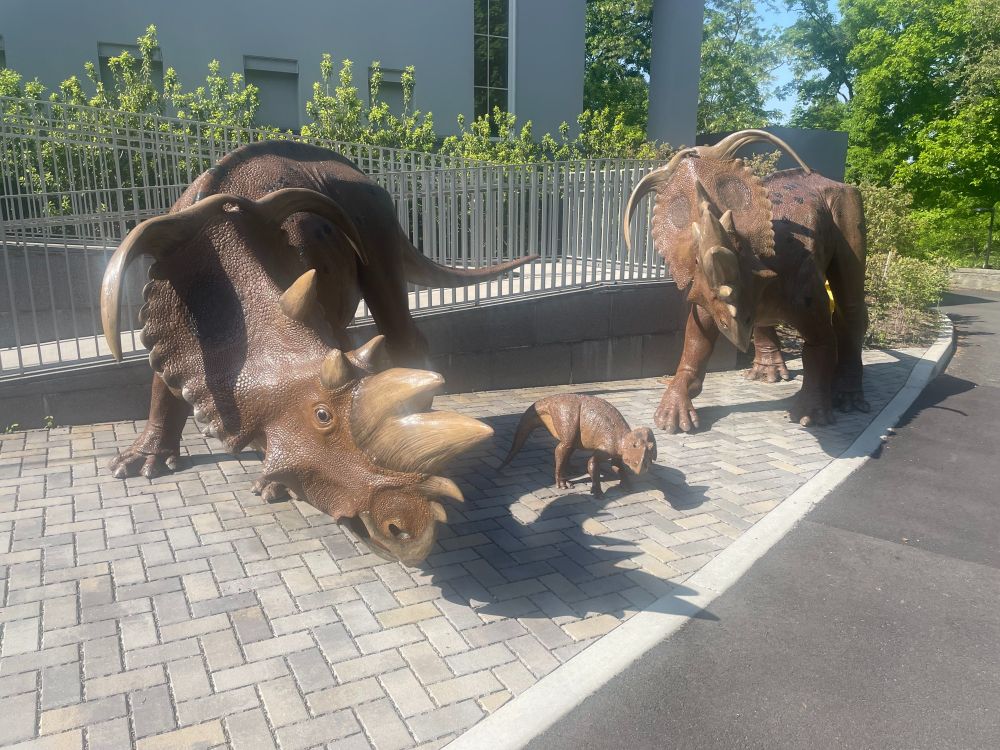Ksepka Lab
@ksepkalab.bsky.social
270 followers
87 following
170 posts
Paleontologist specializing in birds (especially penguins) and dabbling in choristoderes + sauropods. Curator at the Bruce Museum. All opinions are my own.
Posts
Media
Videos
Starter Packs
Ksepka Lab
@ksepkalab.bsky.social
· Jul 9
Ksepka Lab
@ksepkalab.bsky.social
· Jul 5
Ksepka Lab
@ksepkalab.bsky.social
· Jul 4

A new species of Morsoravidae sheds light on beak and limb morphology in stem passerines
Morsoravidae is a small clade of probable stem passerines known from the Eocene of Europe and North America. Here, we report an articulated skeleton of a new species of Morsoravidae from the Green ...
tinyurl.com
Ksepka Lab
@ksepkalab.bsky.social
· Jul 4




















